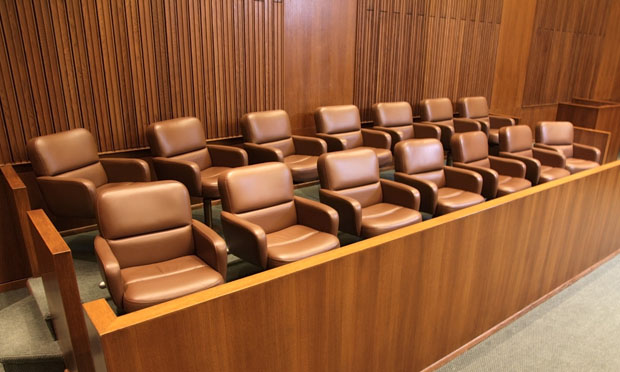Scholars who study civil damage awards from U.S. juries continue to debate how best to understand outcomes and the factors that influence them.
The debate revolves around a number of interrelated questions: Are awards a reflection of community values? Political sentiments? Or some other set of motivations and pressures? What best predicts jury decision-making? What about judges’ own award decisions? And how fair and consistent are awards, relative to those in other districts and states? These questions also relate to longstanding issues about whether judges or juries are better equipped to hand down reasonable awards — some research suggests that large punitive awards are more likely to come from juries — and to hotly contested political issues such as tort reform.
Damages in tort cases are generally split into two categories: compensatory and punitive. Punitive damages have come under some scrutiny by the Supreme Court, specifically in the 2002-2003 case State Farm v. Campbell. Large awards by juries are frequently the focus of public and media attention, but the reality is that most cases do not result in million-dollar payouts. According to a federal government analysis of 2005 data, in only 6.3% of state jury trials (18,400 total) was the plaintiff winner awarded $1 million or more in compensatory and punitive damages, and the median award was $30,500 (about $37,000 in real dollars).
A 2015 study published in the American Law and Economics Review, “Media Influence on Courts: Evidence from Civil Case Adjudication,” examines the relationship between the intensity of newspaper coverage on courts and the monetary awards of cases in the state systems, which handle the vast majority of civil cases in the United States. The researcher, Claire S. H. Lim of Cornell University, analyzes data from the Civil Justice Survey of State Courts (CJSSC), run by the federal Bureau of Justice Statistics, covering periods between 1992 and 2005. That database tracks civil suits in categories such as auto tort, medical malpractice and contract fraud, across different judicial forums such as jury trials, bench trials, directed verdict trials and judgment notwithstanding verdict trials. The ideology of judicial districts — their relative “liberal” disposition — is measured by the Democratic vote share in presidential elections. The volume of newspaper articles in a given judicial district is established by searches at NewsLibrary.com.
The study’s findings include:
- As the “liberalness” of a district increases, so too does the likelihood of higher civil trial awards. In other words, liberal districts tended to adjudicate larger final damage awards to plaintiffs. (This general finding is supported by other academic research, as well.)
- More specifically, a one standard deviation increase in the liberalness of political orientation in a district is associated with a 33% increase in the amount of final award in districts with average newspaper coverage.
- However, the influence of political orientation on final awards becomes smaller as media coverage increases.
- Neither the volume of media coverage alone, nor having elected judges, has a statistically significant impact on the amount of final award in civil adjudications.
- Coverage appears to have no statistically significant impact on plaintiff win rates — only on the amount of damage awards adjudicated.
“Media coverage of courts is often regarded as a negative factor that biases court decisions,” Lim notes. But the data suggest the opposite, and that news media scrutiny may have a smoothing or leveling effect: Overall, “in areas with active newspaper coverage of courts, there is little difference in the overall amount of damage awards between conservative and liberal districts. In contrast, in areas without active newspaper coverage, courts in liberal districts tend to give substantially larger damage awards than do courts in conservative districts.”
Related research: A 2015 study by Cornell’s Lim, Harvard’s James Snyder and David Stromberg of Stockholm University finds that “newspaper coverage significantly increases sentence length by nonpartisan elected judges for violent crimes.”
Keywords: law, local reporting


Expert Commentary